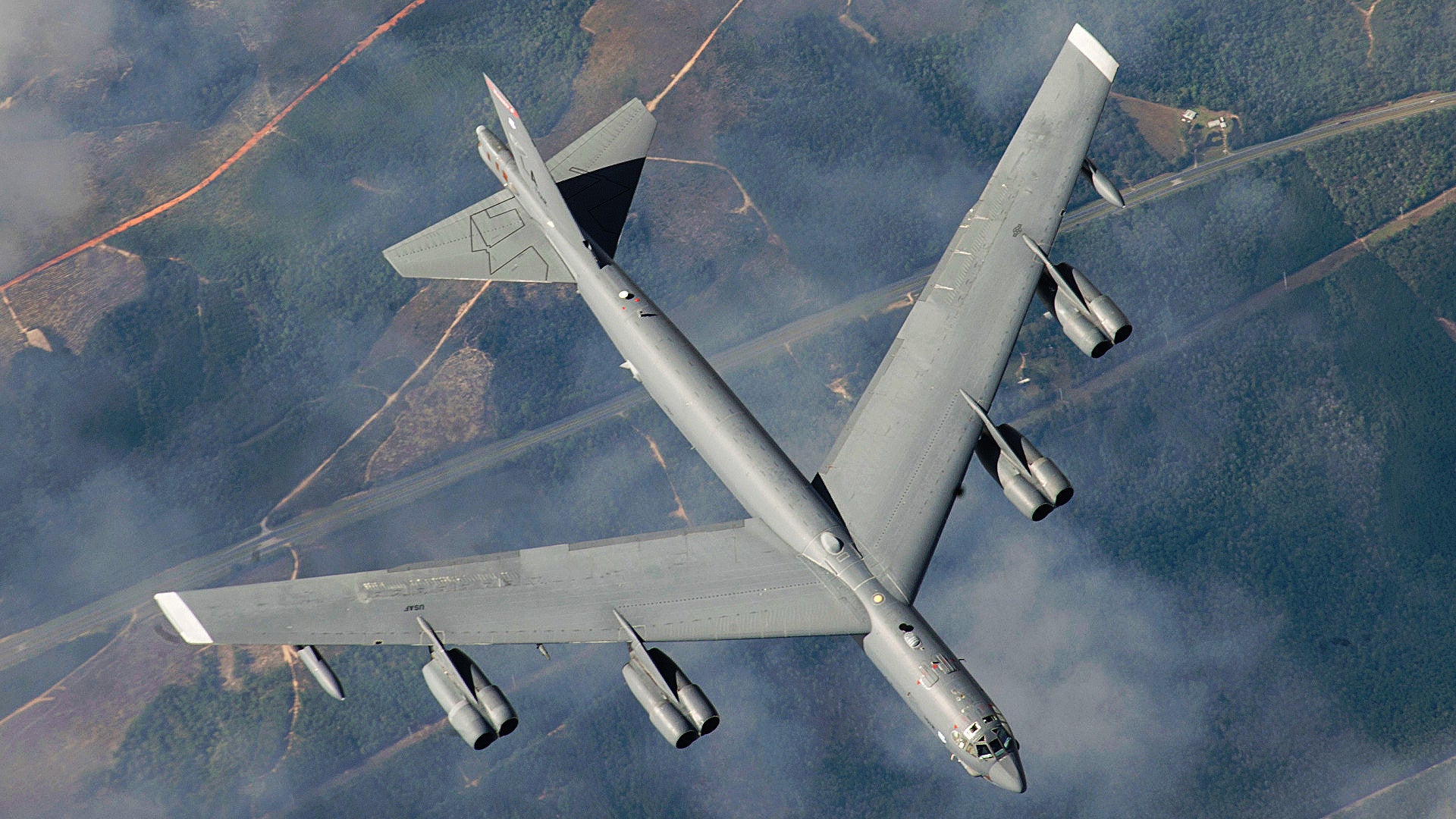A U.S. Air Force manual has confirmed previous reports that the service’s iconic B-52H bombers are no longer authorized to carry nuclear gravity bombs. The only nuclear weapon these aircraft are presently certified to carry is the AGM-86B Air Launched Cruise Missile, which is set to eventually get replaced by a new stealthy missile under development now under the Long Range Stand Off program, or LRSO.
Hans Kristensen, who is Director of the Nuclear Information Project at the Federation of American Scientists was first to spot the updated information about the B-52H’s nuclear loadouts in the latest version of Air Force Instruction 91-111, which is dated September 2019. This manual, titled “Safety Rules for U.S. Strategic Bomber Aircraft,” is unclassified and also includes basic information on approved weapons for the B-2A Spirit stealth bomber.
“Removal of B61-7 and B83-1 [nuclear gravity bombs] from B-52H approved weapons configuration,” the manual states bluntly in the list of major changes between it and the preceding, and now superseded, 2017 version. The document makes clear later on that the AGM-86B with the W80-1 warhead is the only remaining approved nuclear weapon for the B-52H. It also says that the B-2A’s only authorized nuclear weapons are the B61-7 and the B83-1 bombs.

The Federation of American Scientists’ Kristensen had also been first to notice evidence that the remaining nuclear-capable B-52Hs – 46 of the total fleet of 76 aircraft – had been stripped of their nuclear bombing mission back in 2017. It’s unclear when the Air Force made the decision and when it was actually implemented.
Documents from the Department of Defense and the National Nuclear Security Administration, the arm of the Department of Energy responsible for overseeing American’s nuclear stockpile, dating as far back as 2016 do not list the B-52H as a delivery platform for B61 or B83 bombs of any kind.
“The B61 strategic bomb, carried by the B-2 bomber, is an essential component of air-delivered strategic deterrence,” Dr. John Harvey, then Principal Deputy Assistant Secretary of Defense for Nuclear, Chemical, and Biological Defense Programs, told members of Congress in 2013, without any mention of the B-52, suggesting that those bombers could have lost the nuclear bomb-dropping mission even earlier.
However, the last version of Air Force Instruction 91-111, which was dated February 2017, did say that the bombers were still at least technically authorized to carry nuclear bombs at that time.
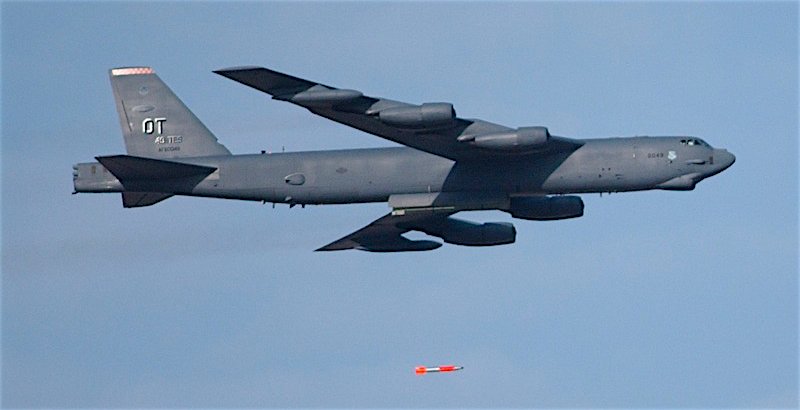
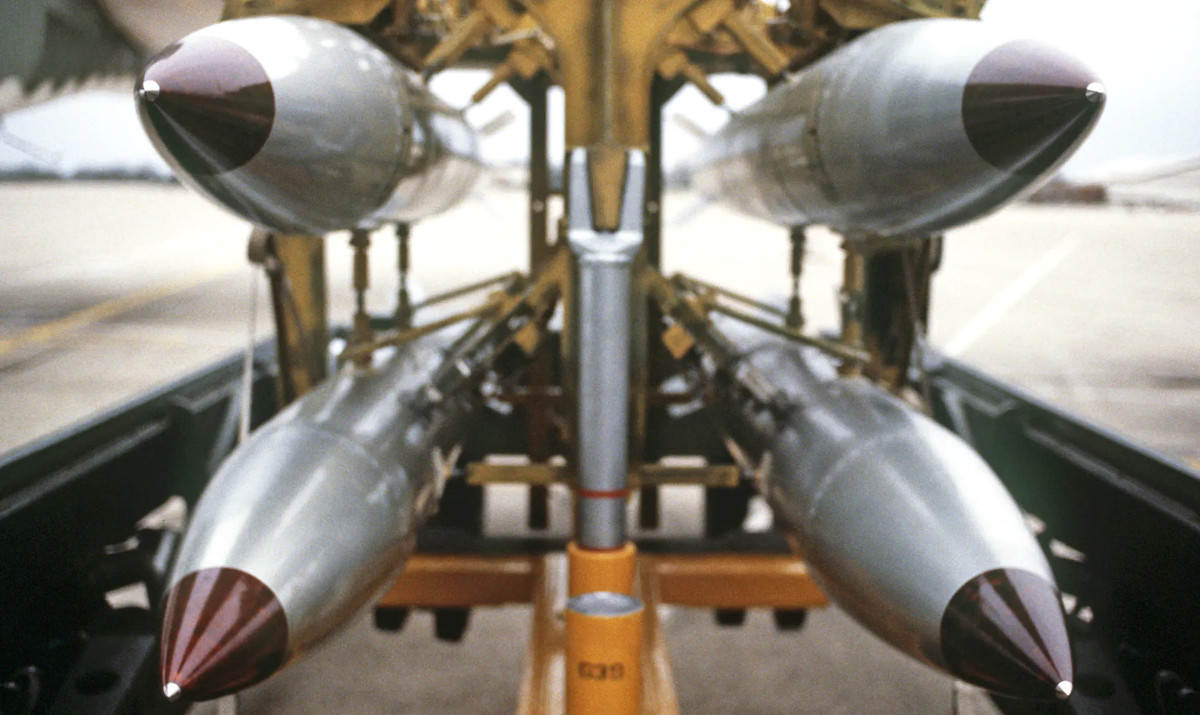
That the Air Force made this decision, no matter when it exactly occurred, is not necessarily surprising. The service has had concerns about the ability of its B-52s to be able to penetrate through hostile air defenses as far back as the 1950s, which spurred the development of large nuclear-armed long-range cruise missiles and air-launched ballistic missiles.
In the 1960s, the B-52s, among other aircraft, gained the ability to launch the nuclear-tipped AGM-69A Short Range Attack Missile (SRAM). The idea was that the bombers would literally nuke the defenses in their path as they flew at low-levels, helping to further mask their approach, to their primary targets. You can read more about the SRAM in this past War Zone story.
This eventually gave way to the idea of bombers making low-level approaches before launching more modern nuclear-armed cruise missiles, including the non-stealthy AGM-86B and the stealthy AGM-129 Advanced Cruise Missile, the latter of which was retired in 2012, primarily due to its high costs. You can read more about the history of the AGM-129, and its stealth design, which was state-of-the-art for the time, in this previous War Zone piece.
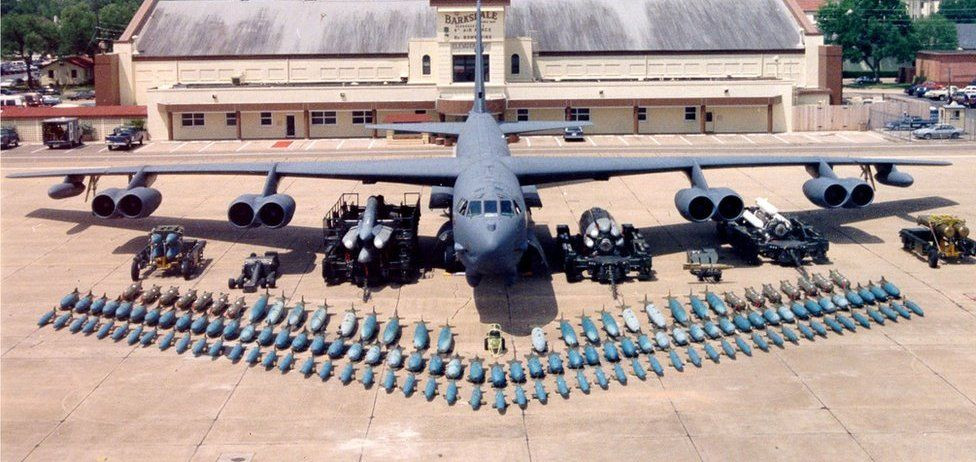
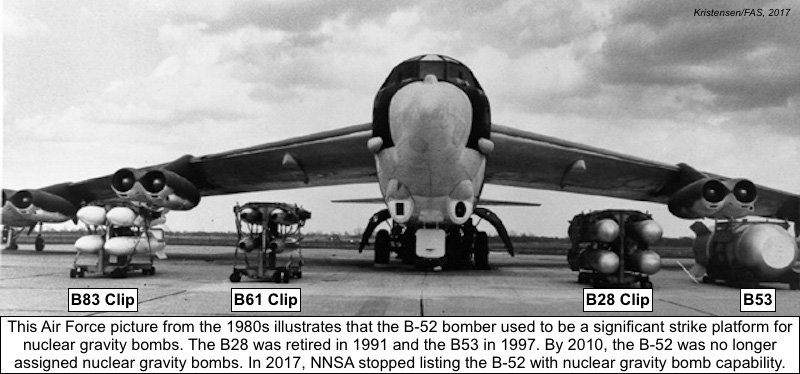
All told, even though nuclear bombs had remained an approved option for the B-52s for decades, by every indication, the AGM-86B had steadily become its primary strategic weapon due to continuing concerns about their vulnerability to ever-improving modern air defenses. Even with regards to conventional weapons, outside of missions in largely permissive airspace, the B-52Hs are primarily launch platforms for stand-off weapons.
This only looks set to continue with the introduction of new air-launched hypersonic weapons, such as the AGM-183A Air-launched Rapid Response Weapon, and possibly other outsized weapons, which have also necessitated the development of new extra-large underwing pylons for the B-52H. The Air Forceexpects the future Long Range Stand-Off (LRSO) nuclear-armed cruise missile to replace the AGM-86B in the coming years, as well. Unlike the AGM-86B, the LRSO will also be an option for the B-2A, as well as the future B-21 Raider stealth bombers.
It is possible that the Air Force could give the B-52Hs the ability to employ nuclear bombs again with the future introduction of the precision-guided B61-12, but this seems remote, at best. In his 2013 testimony, Dr. John Harvey had said that the B61-12 had a “modest standoff capability” due to its precision guidance system, but that it would only help enable “safe aircraft escape” from ground zero, not reduce the delivery platform’s vulnerability to hostile defenses in any way.
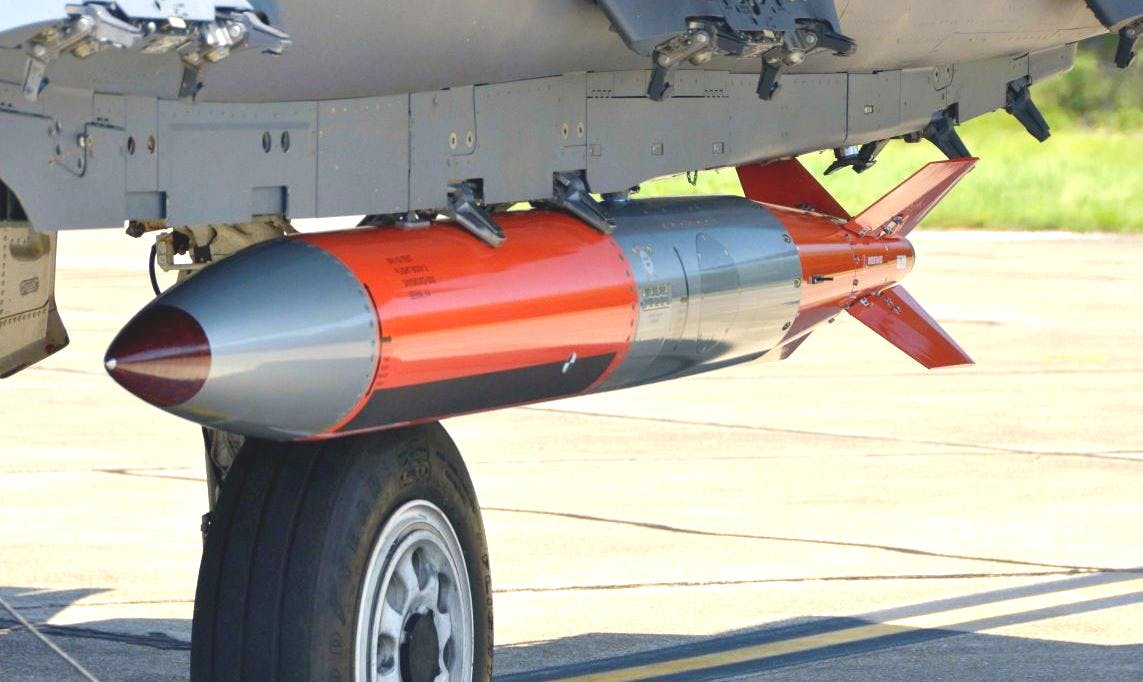
Furthermore, the United States presently intends to retain the B83-1 in the stockpile “at least until there is sufficient confidence in the B61-12 gravity bomb that will be available in 2020,” according to the U.S. military’s most recent Nuclear Posture Review, which came out in 2018. It seems extremely unlikely that the Air Force would have removed the B83-1, which will remain in inventory even as the B61-12 begins to enter service, from the B-52H’s approved armament options if there was any desire to retain its nuclear bomb-dropping capability.
All told, while the Air Force intends to keep the B-52Hs flying through at least 2050, at which point the type will have spent nearly a century in service, times have already changed and the days of the venerable bombers and their crews training to plod their way through air defenses to drop nuclear bombs on their targets are all but certainly gone for good.
Contact the author: joe@thedrive.com
